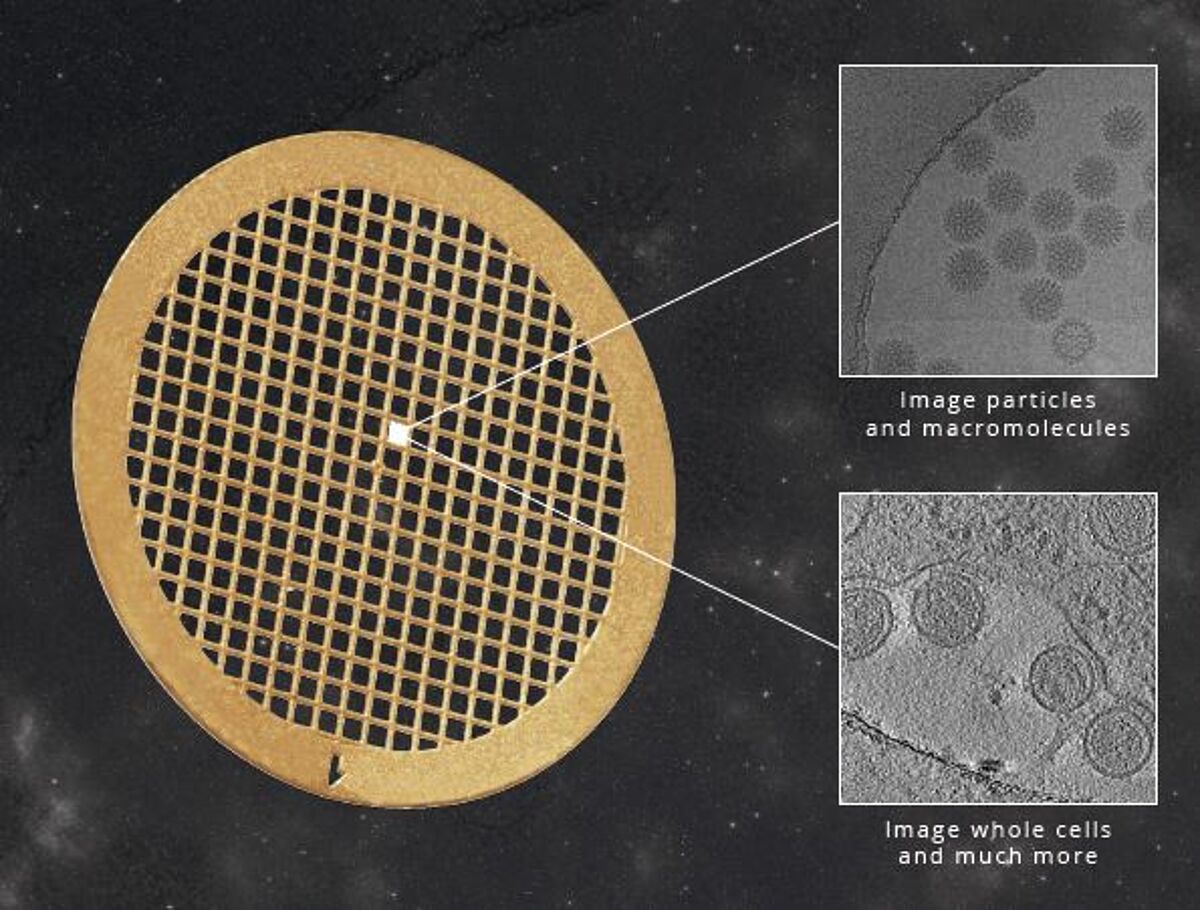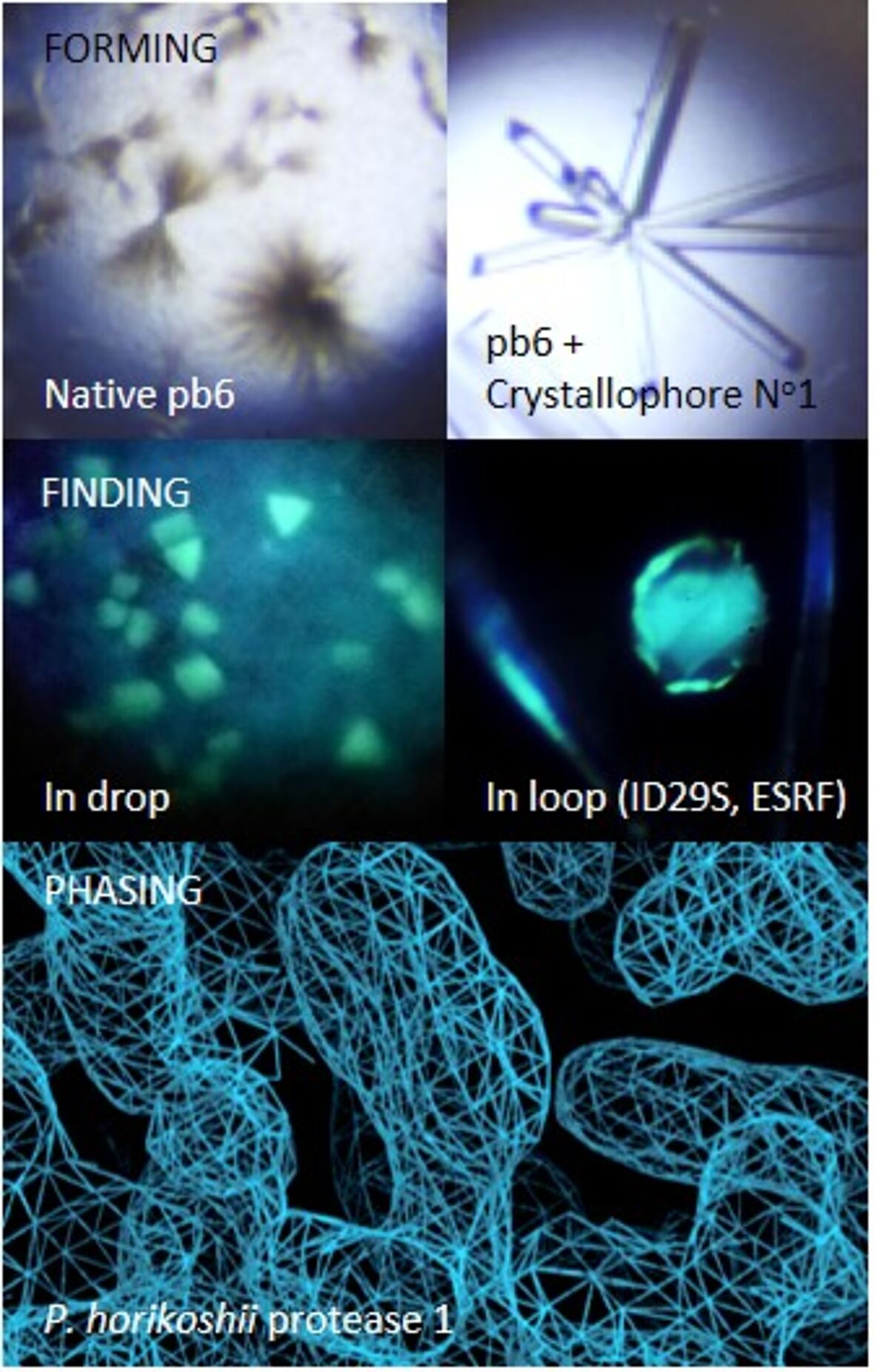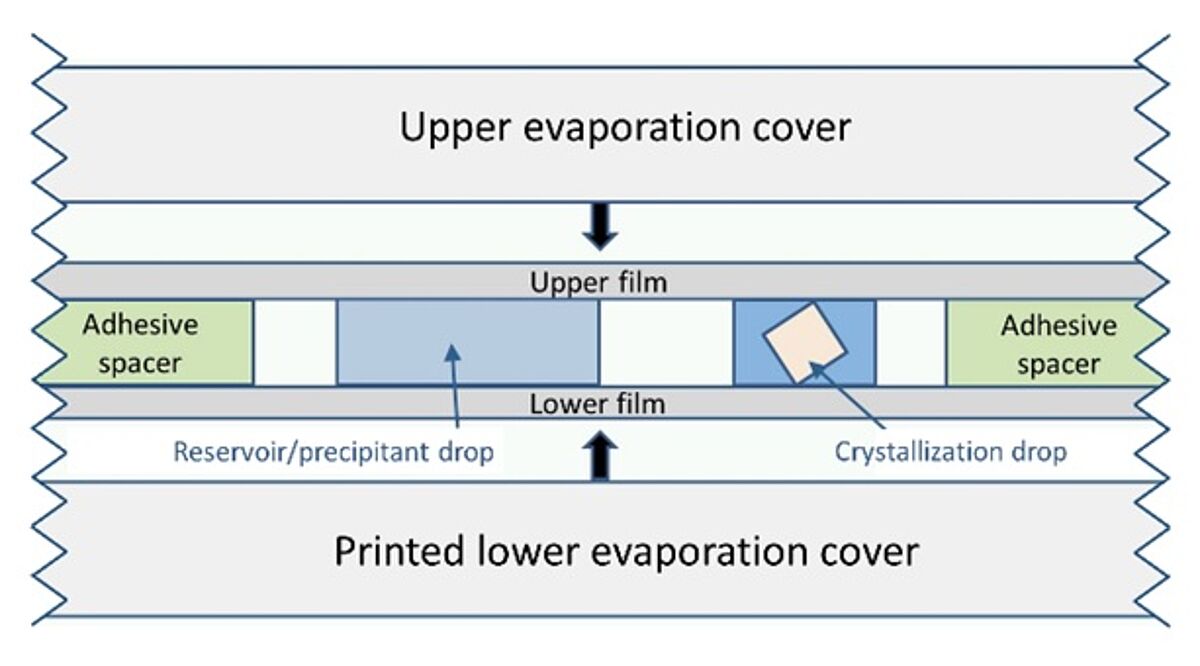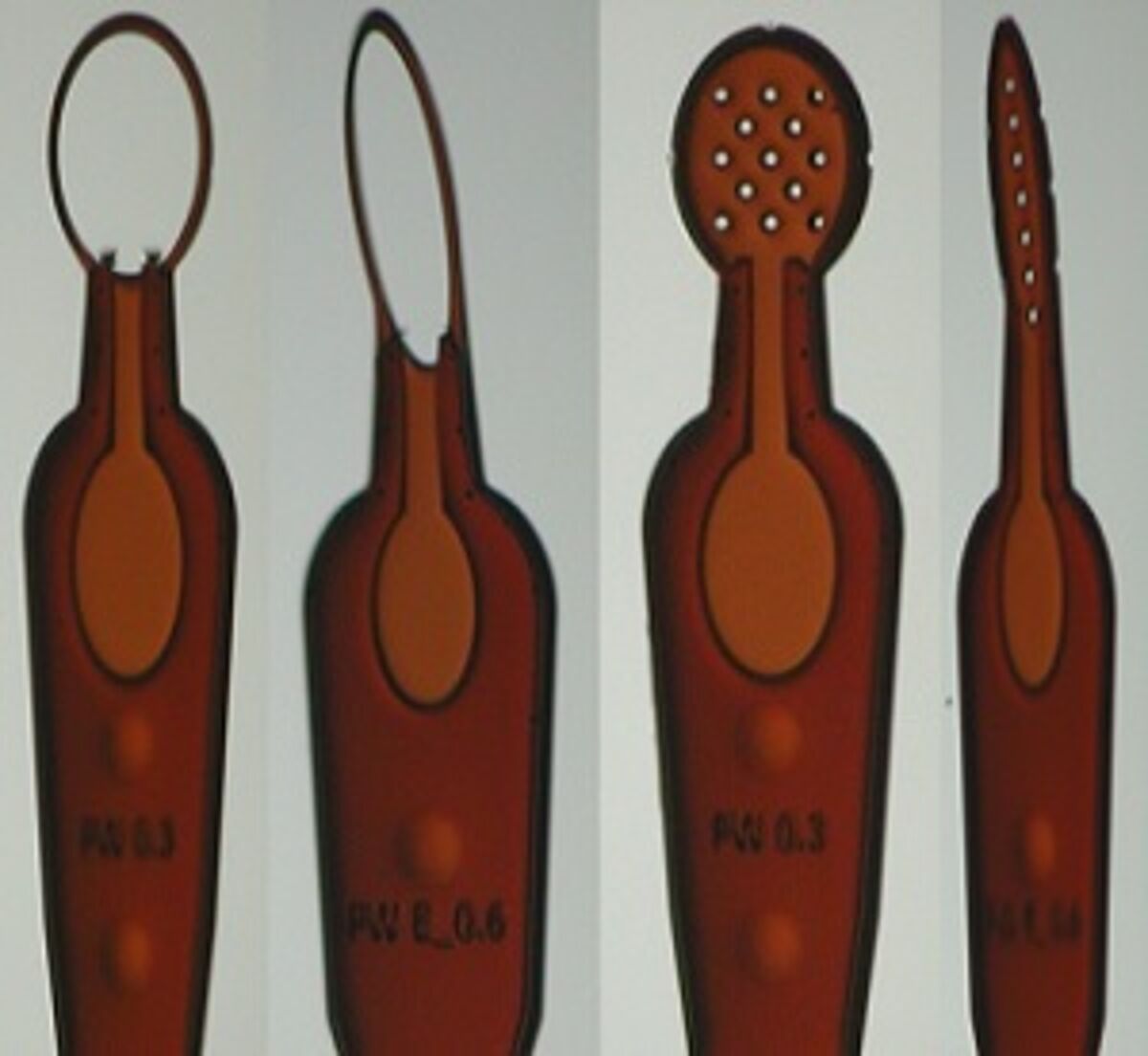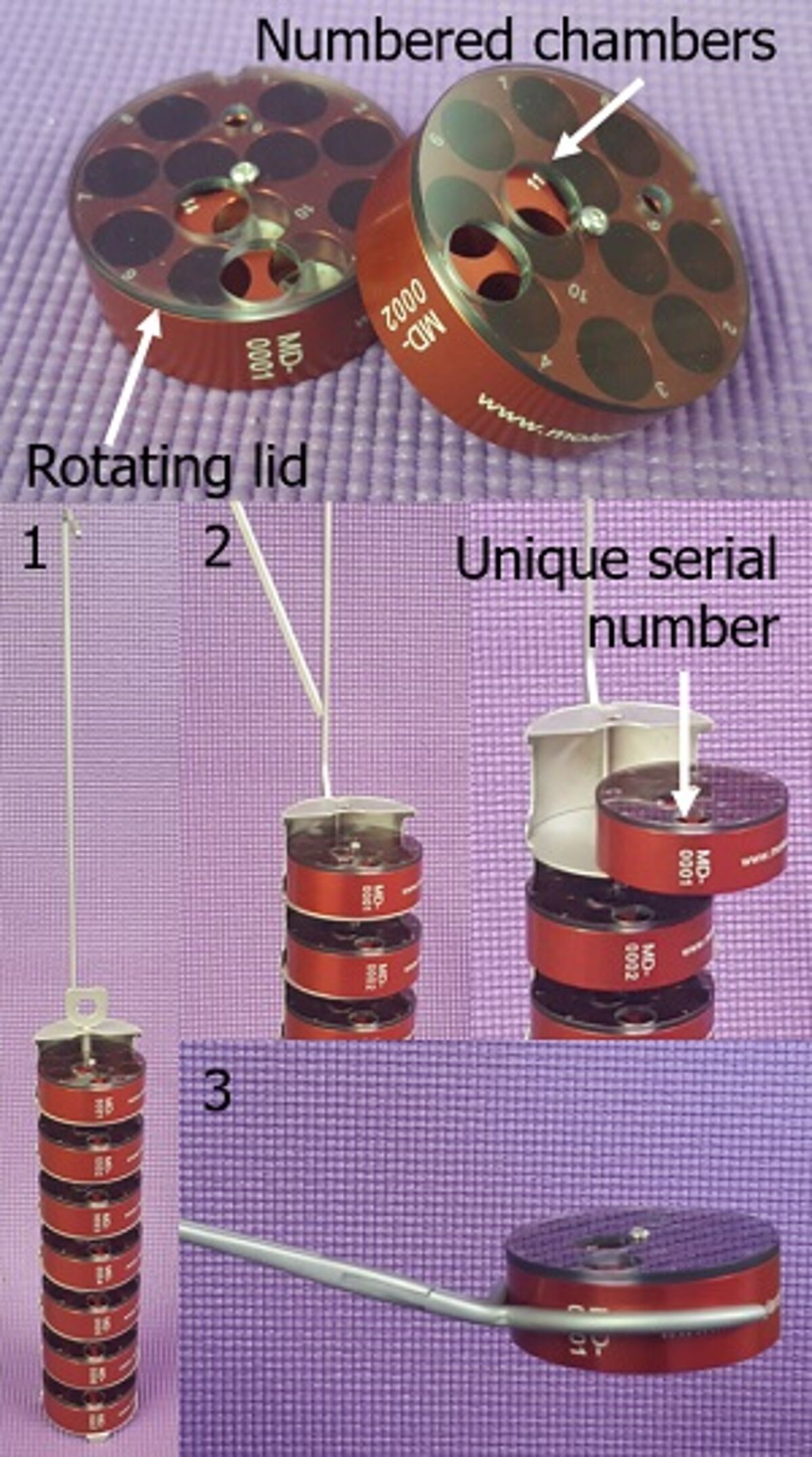Once uncommon, protein crystallography has become much more present in current research. Whether it is reagents that improve your crystals, screens for testing out different protein crystallization conditions, or well-plates and storage pucks, Molecular Dimensions is the brand for your structural biology needs!
Continue reading for an introduction to some of Molecular Dimension's new and interesting products!
C-flats: The new and optimized carbon grids for cryo-EM
Take advantage of the whole Protochip range to get the ideal C-Flat grid for your experiment. Detailed information can be found on this C-Flat flyer here.
- Acquire better images with thinner ice
- Choose from a wide variety of grid options
- Delivered ready to use without cleaning
Protein stability screens
The first step in preparing your sample is to understand the stability of your protein and optimize the buffer. Molecular Dimensions offers four protein stability screens that use the ThermoFluor® assay. These two screens are complementary to one another (they can be ordered together in the Protein Stability Combo Kit, cat-no. MD1-103).
The Durham pH Screen deconvolutes buffer molecule and pH effects for a borad range of molecules (28 different buffers) and pH (4-11).
The Durham Salt Screen uses more than 30 different salts, including a range of lanathanides, to allow discrimination between different anions and cations as well as revealing the effects of ionic strength.
The RUBIC Buffer Screen deconstructs the buffer components to allow a rational interpretation and deconvolution of pH, buffer molecule and ionic strength effects.
The RUBIC Additive Screen analyzes the effect of various common additives including ions, detergents, sugars, amino acids, imidazole, cryoprotectants and reducing agents on stability.
Crystallization screens
Molecular dimensions offers many types of crystallization screens: general ones, screens for specific protein subtypes, alternative screens, additive screens, and custom screens. Examples:
The BCS screen uses 'PEG-smears' - mixes of several PEG types - instead of individual PEG. This increases the number of PEG screened without increasing the number of variables. Read more
The Morpheus® III screen was designed de novo using a broad range of protein samples and is not biased towards any type of macromolecule or reagent. Each well contains a mix of drug-like compounds, maximizing the chances of a hit.
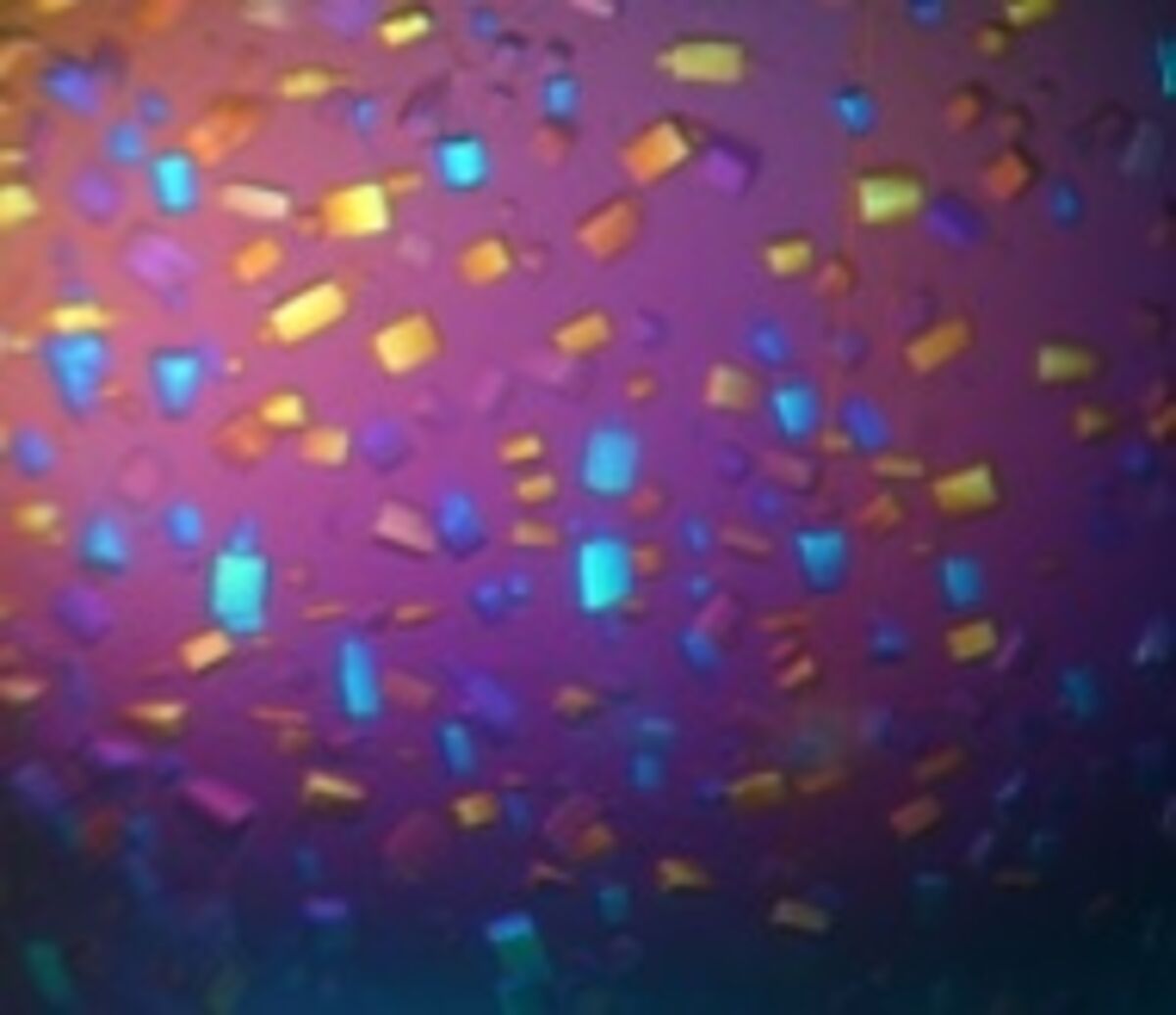
The MIDASplus™ screen is an updated version of the original MIDAS™ screen with new precipitants. PPGBAs have been added. This screen still includes Jeffamines®, Sokalans®, pentaerythritol propoxylate and ethoxylate, polyvinyl pyrrolidone and alcohol, polyacrylate and many others from the original MIDAS™ screen. Datasheet
MemChannel™ and MemTrans™ are crystallization screens designed by the developers of MemGold™ that target a specific subset of membrane proteins. MemChannel™ targets ion channels, while MemTrans™ targets transporter proteins. Another new screen from the same developers is MemGoldMeso, specifically designed for protein crystallization in LCP/in meso phase. All three screens exist in ECO format for laboratories which seek to reduce the use of environmentally harmful substances.
MemChannel™ datasheet MemTrans™ datasheet MemGoldMeso datasheet
Further optimization
Cryoprotection: Molecular Dimensions has developed kits which use a mix of precipitating and solubilizing cryoprotectants in order to create a balance: CryoProtX™ cryoprotects and stabilizes crystals, while CryoSol™ dissolves hydrophobic ligands and stabilizes crystals.
Datasheet CryoProtX™ Datasheet CryoSol™
Calixar C2B is an additive kit consisting of a variety of molecules that stabilize and reduce aggregation by reducing protein surface charge and by creating a network of protein-protein interactions. Read more
Crystallophore N°1 is a new lanthanide complex designed by Polyvalan that provides multiple benefits at once:
Improved crystal formation: Crystallophore N°1 acts as a nucleating agent and also increases quality of pre-existing crystals.
Improved finding: Thanks to Crystallophore N°1's luminescence under UV excitation, finding crystals in drops and loops is easy!
Phasing: As a Terbium complex, Crystallophore N°1 allows heavy atom phasing. You can even soak your crystals in concentrated Crystallophore N°1 for optimal phasing.
Plates and storage
DiffraX™ is a loop-free mounting method and ideal when you need to reduce manual intervention with your crystals, for example under in meso phase/LCP crystallization conditions. The thin DiffraX™ in situ sandwich plate can be mounted as a whole or individual drops can be cut out. Userguide
ActiLoops™ are made from annealed polyimide resin, resulting in no background in X-ray beam. They have a reservoir and hydrophilic coating to withdraw excess mother liquor from the crystal and further reduce background scatter. ActiLoops™ are available as round and elliptical loops (0.02-1.0 mm), and as basket loops for thin and delicate crystals. All CryoLoops come mounted on pins on a CryoCap with or without CryoVials.
In addition to Uni-pucks for Cryocristallography, Molecular Dimensions also offers Cryo-EM grid-boxes and their storage puck. These grid-boxes have a lid that can be easily turned with tweezers and are made from an antistatic polymer to prevent charging. In addition, labels with unique identifiers make identification easy. Eleven such grid-boxes fit into a Cryo-EM puck. Each puck has a unique identifier and comes with a rotatable lid that keeps all chambers closed except the one you are working on. Storage and shipping won't be a problem anymore!
Other crystallography tools:
DDM - gentle detergent for hydrophobic proteins (shop)
GDN - substitute for digitonin


